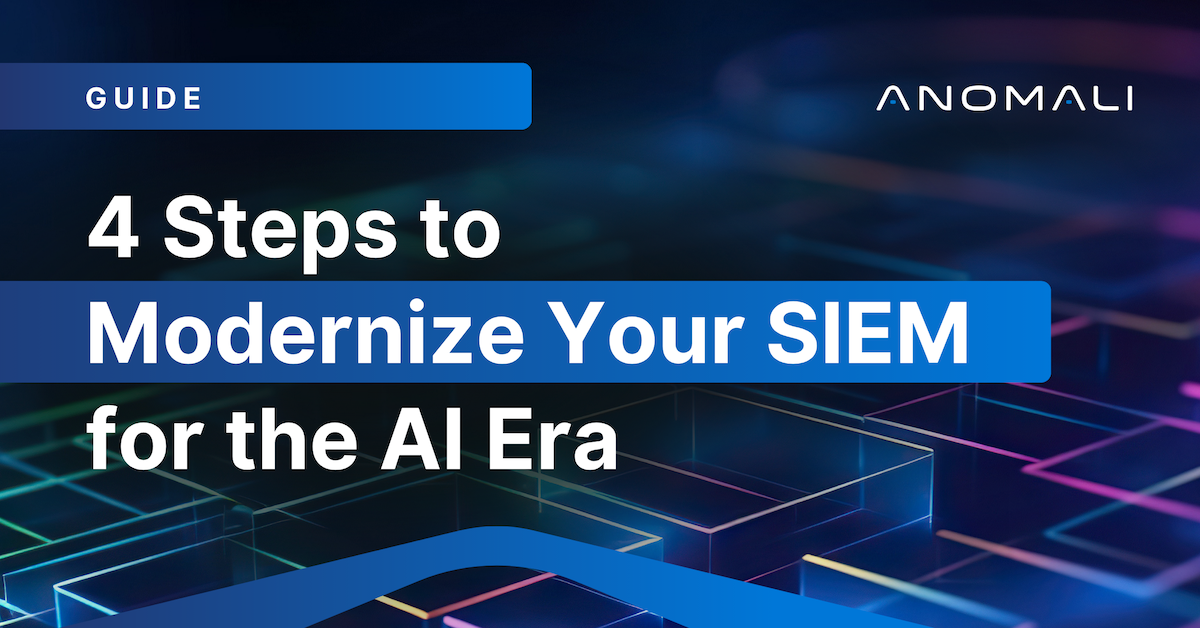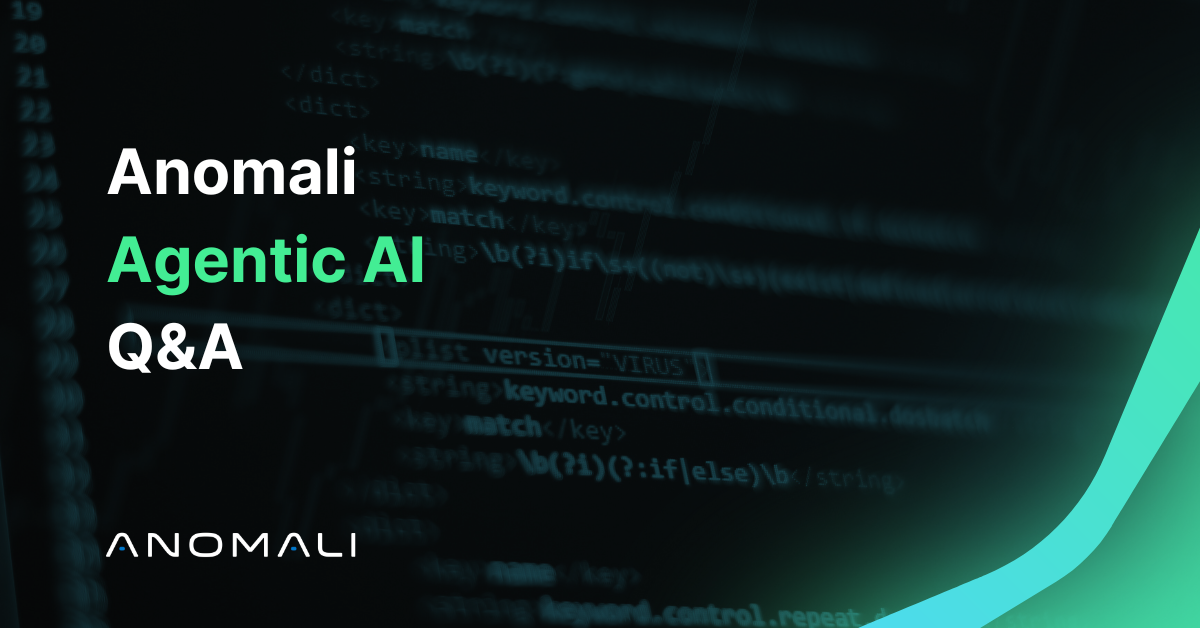Software Analyst Cyber Research: The Convergence of SIEM and Data Lakes
The Convergence of SIEM and Data Lakes: Market Evolution, Key Players and What’s Next
2025 Market Report
The SIEM Shift Is Here
The SIEM market is undergoing its biggest changes in over a decade.
Data lakes and pipelines along with AI-driven analytics are redefining how security teams collect, process, and act on data.
This new report from Software Analyst Cyber Research (SACR) maps the evolution of the modern SOC and explores the market forces reshaping how enterprises detect, investigate, and respond to threats.
Why This Report Matters
Security leaders have long struggled with some of SIEM’s biggest challenges, including rising costs, data noise, and operational drag. This report provides a grounded look at how vendors are solving those problems through architecture, automation, and AI.
You’ll learn:
- How SIEM is transforming into a unified data and analytics layer
- How data lakes and pipelines are changing the economics of security visibility
- What AI copilots and natural language detections mean for analyst productivity
- Where new pricing models are helping CISOs control spend without sacrificing coverage
- Which vendors are pushing the boundaries of open vs. bundled architectures
Key Findings
1. The cost problem isn’t going away; it’s being redesigned.
Data volume growth continues to drive costs. Vendors are responding with decoupled architectures, flexible storage, and predictable pricing that finally make long-term retention realistic, especially for highly regulated and compliance-focused industries.
2. Security Data Pipelines (SDPPs) are changing the game.
They filter data before storage, enable in-stream detections, and expand integration coverage, helping SOC teams cut costs and reduce noise. They are also built on open standards, so data can be routed to any destination. When paired with SIEM platforms, they can make migration easier.
3. Data lakes break down silos and drive security flexibility.
Data lakes are becoming more popular as a cost-effective way to store security data long-term while still enabling analytics. Emerging “query layer” and technology-agnostic approaches allow security teams to search and analyze data across multiple platforms, giving organizations more flexibility to choose the best analytics and storage solutions, even in highly regulated environments.
4. AI is moving from hype to practical utility.
From guided query builders to automated triage and playbook generation, AI features are now embedded in modern SIEMs, reducing analyst fatigue and accelerating response.
5. The market is splitting in two directions.
Some vendors are going open and decoupled; others are converging into unified ecosystems with XDR, SOAR, and SDPP built in. Both paths have tradeoffs, with considerations for flexibility versus simplicity.
6. Anomali stands out for intelligence-first architecture.
Analysts assessed that the Anomali platform blends threat intelligence, fast retrieval from hot storage (7+ years), and decoupled compute/storage to deliver speed, context, and cost efficiency. Pricing comes in at 40–60% lower than traditional SIEMs, with open data formats that prevent lock-in.
For CISOs, SOC Leaders, and Security Architects
This report goes beyond vendor ratings and serves as a practical decision playbook, helping you evaluate what’s next for your SOC and where to focus in 2025 and beyond.
Get the full 16-page report to explore:
- Vendor-by-vendor analysis using SACR’s PDDIR framework (Pricing, Deployment, Detection, Investigation, Reporting)
- Hands-on evaluation of seven major SIEM providers
- The 2026 outlook for SIEM, SOC, and security data platforms
.jpeg)
Discover More About Anomali
Check out some of our other great resources covering the latest cybersecurity trends, threat intelligence, security and IT operations, and Anomali product updates.



